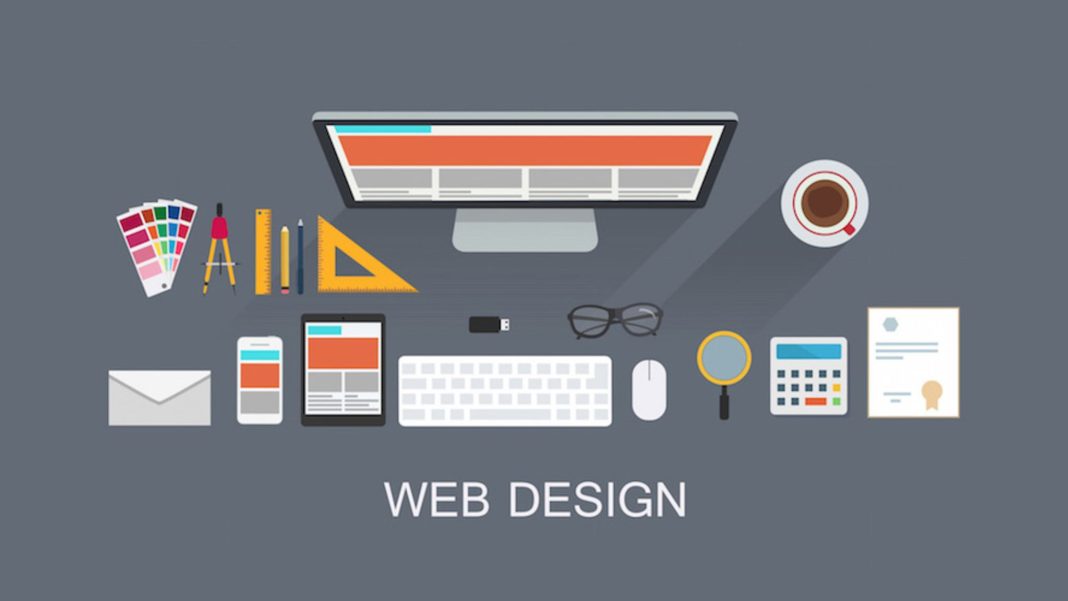Web design is the process of creating and designing websites. The design of a website is crucial as it can affect how visitors interact with it and how they perceive the brand or organization behind it. A well-designed website can help attract and retain visitors, while a poorly designed one can drive them away. In this article, we will explore the different aspects of web design and its importance in creating a successful website.
Web design involves several elements, including layout, color, typography, graphics, and content. These elements should work together to create a visually appealing, user-friendly, and functional website. A good web design should also take into account the needs of the target audience, the goals of the website, and the brand or organization’s identity.
One of the most critical elements of web design is the layout. The layout determines the placement of different elements on the website, such as text, images, videos, and navigation menus. A good layout should be well-organized, easy to navigate, and visually appealing. It should also be responsive, meaning that it should adapt to different screen sizes and devices, such as smartphones and tablets.
Color is another essential element of web design. Colors can evoke emotions and influence the way visitors perceive a website. A good color scheme should be consistent with the brand or organization’s identity, and it should also be easy on the eyes. The color scheme should also take into account the contrast between the text and background, making it easier for visitors to read the content.
Typography is also critical in web design. The choice of fonts can affect the readability and legibility of the content. A good typography should be easy to read, consistent, and appropriate for the brand or organization’s identity. It should also be responsive, meaning that it should adapt to different screen sizes and devices.
Graphics are also essential in web design. Graphics can help enhance the visual appeal of a website and convey the brand or organization’s message. A good use of graphics should be consistent with the brand or organization’s identity, and it should also be optimized for faster loading times. Large and unoptimized graphics can slow down the website’s loading time, which can affect the user experience.
Content is also a critical element of web development. The content should be engaging, informative, and relevant to the target audience. It should also be well-organized and easy to read. A good content strategy should take into account the keywords, topics, and tone of voice that the target audience is interested in.
The importance of web design in creating a successful website cannot be overstated. A well-designed website can help attract and retain visitors, increase engagement, and improve the user experience. It can also help establish trust and credibility with the target audience, which can lead to increased conversions and sales.
A poorly designed website, on the other hand, can drive visitors away, decrease engagement, and harm the brand or organization’s reputation. It can also lead to a high bounce rate, which is the percentage of visitors who leave the website after viewing only one page. A high bounce rate can negatively affect the website’s search engine rankings and traffic.
In conclusion, web design is a crucial element in creating a successful website. It involves several elements, including layout, color, typography, graphics, and content, which should work together to create a visually appealing, user-friendly, and functional website. A well-designed website can help attract and retain visitors, while a poorly designed one can harm the brand or organization’s reputation and drive visitors away. Therefore, it is essential to invest in professional web design to ensure that the website achieves its goals and meets the needs of the target audience.

